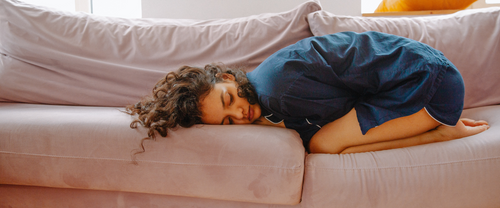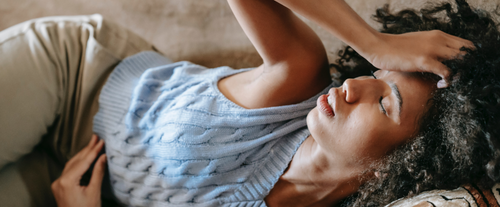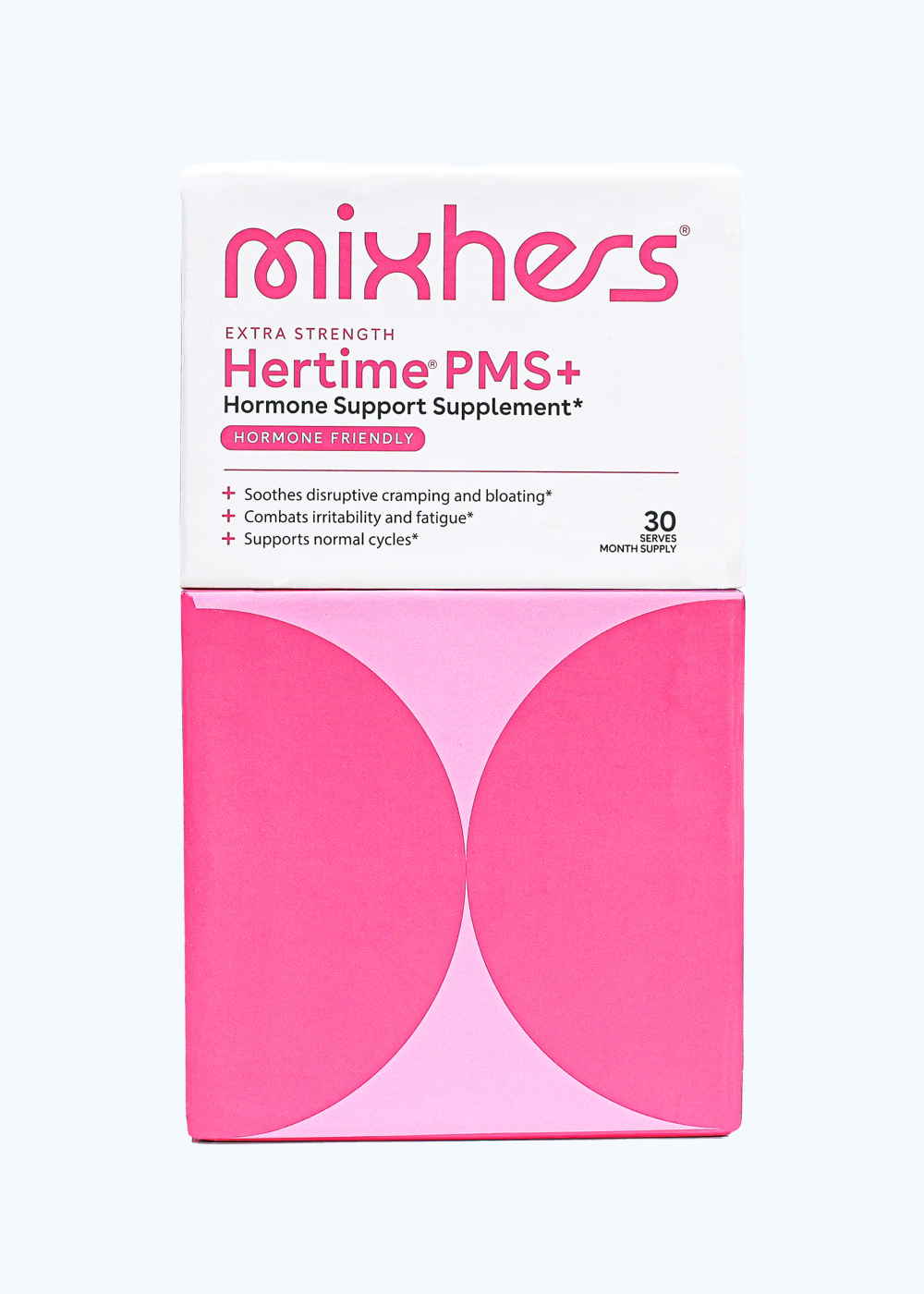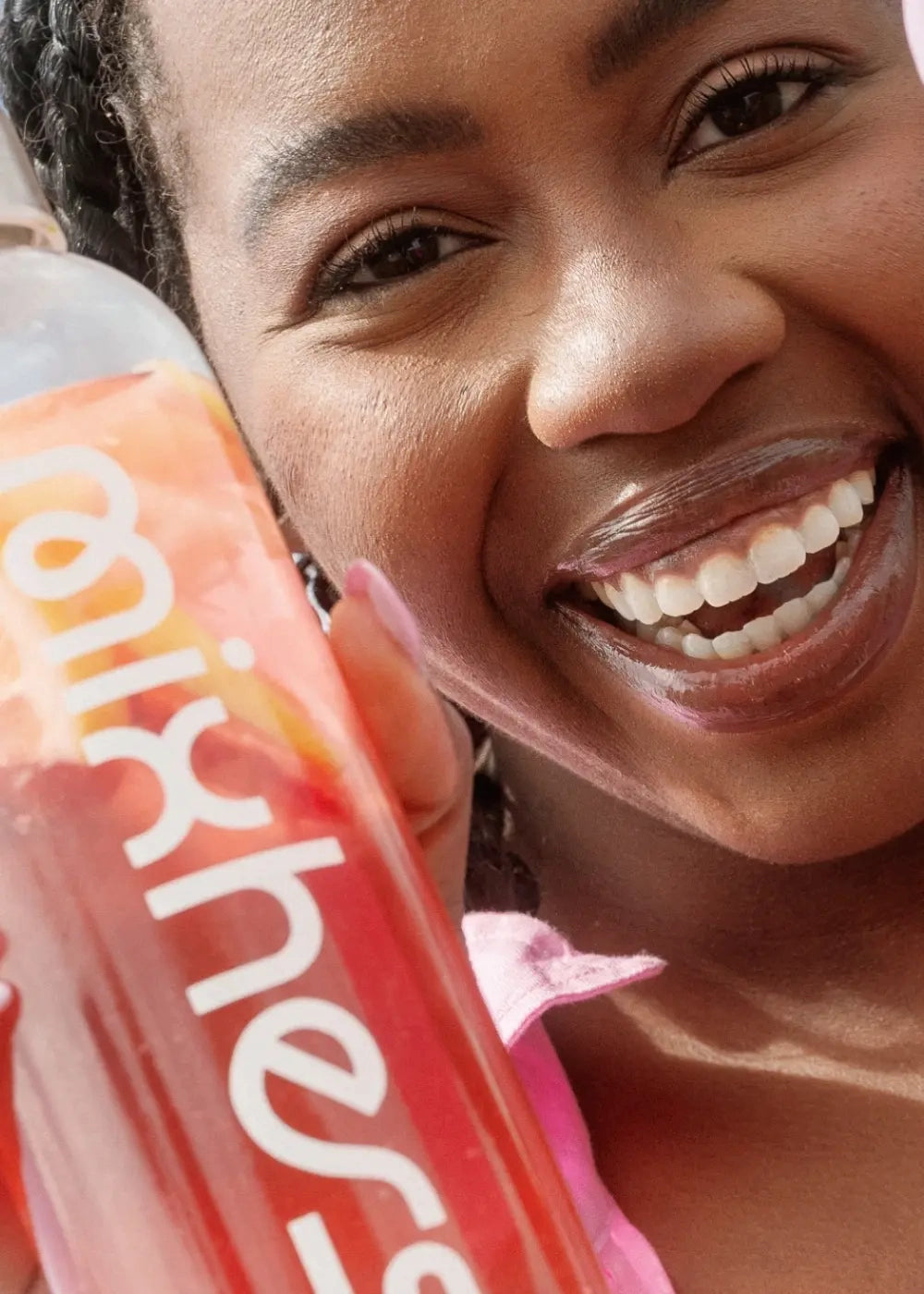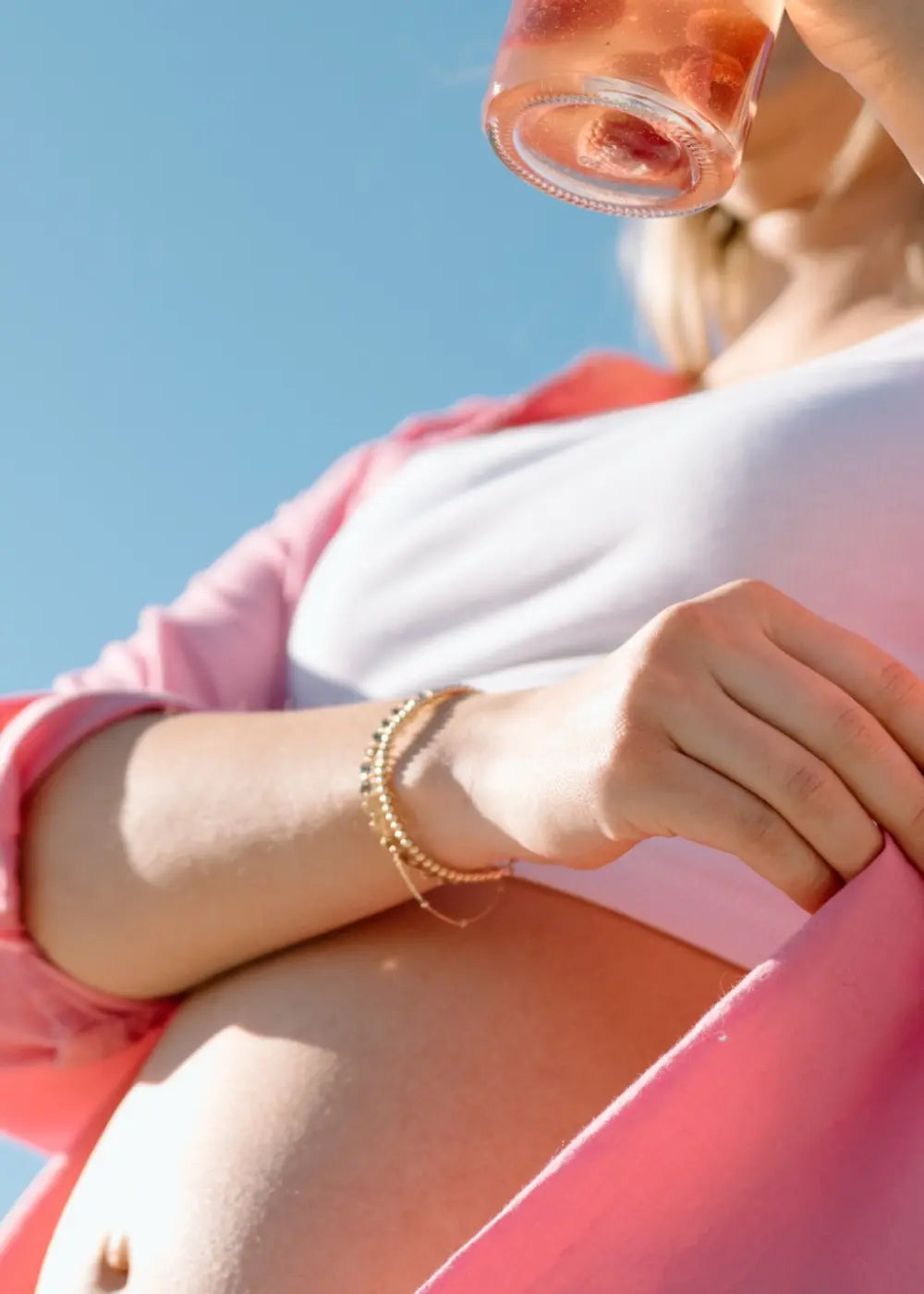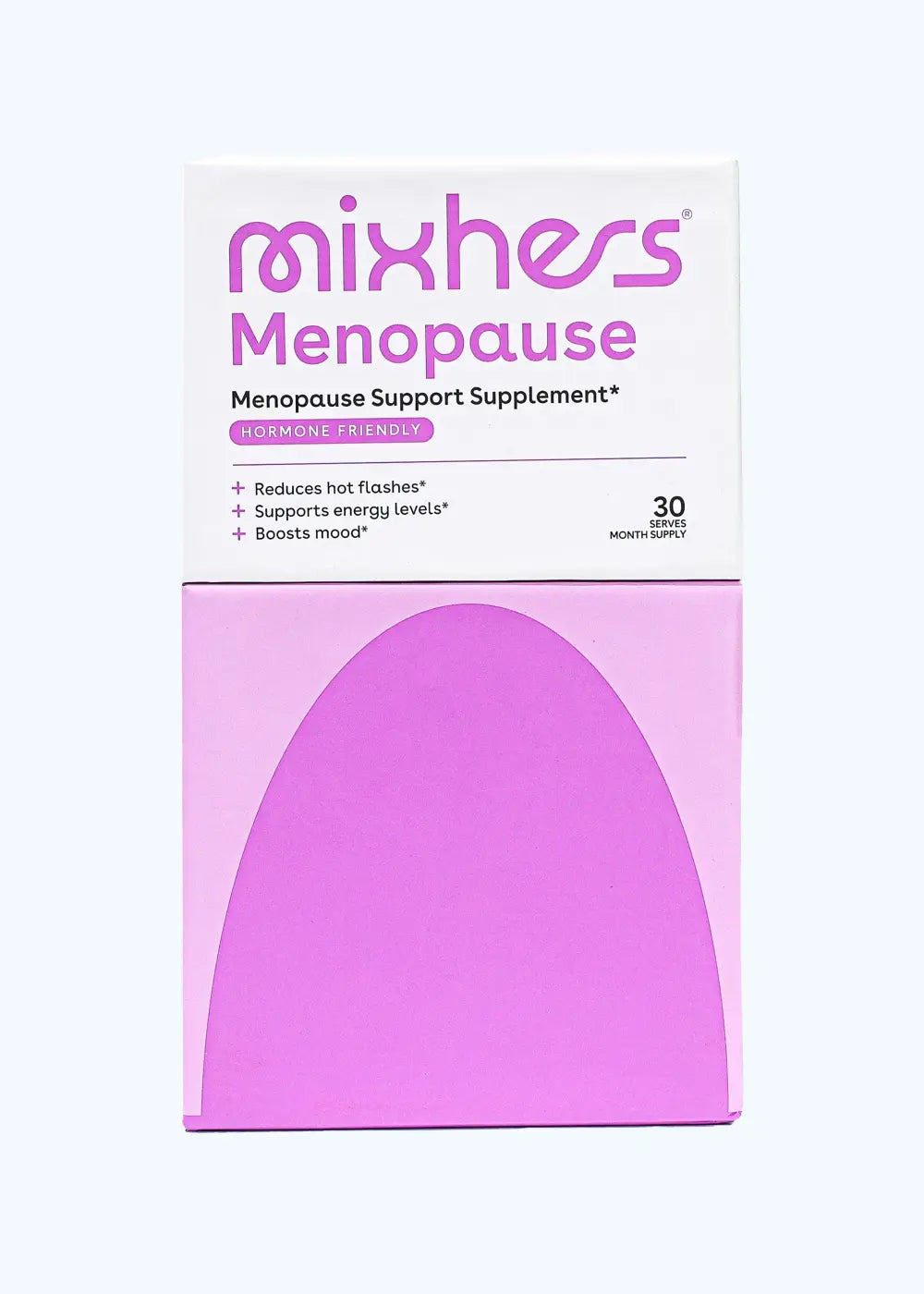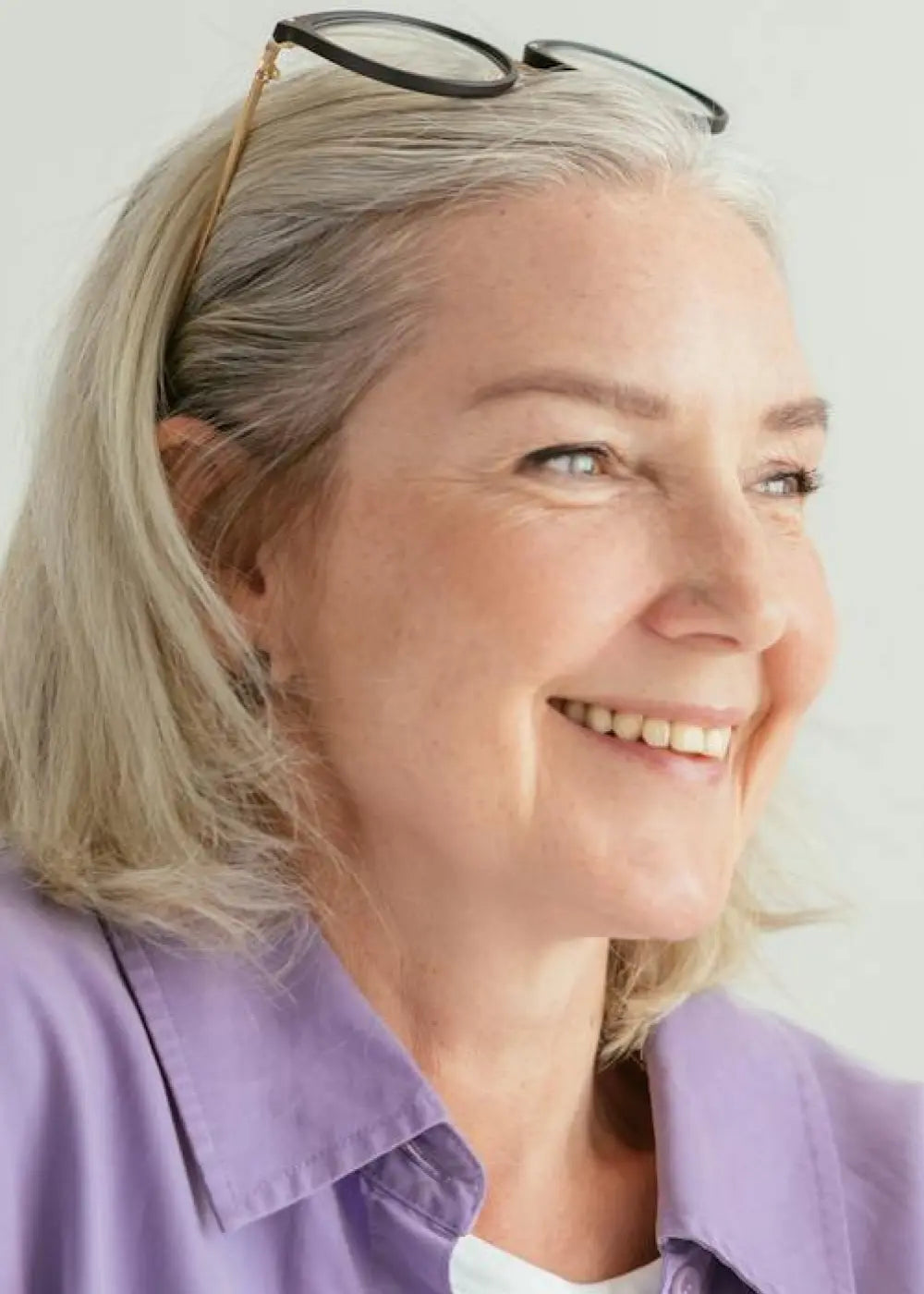Like dark clouds that gather before a rainstorm, abdominal cramps are often one of the first warning signs that a woman's period is about to start. While a few lucky women feel minimal cramps or no cramps at all, many of us experience moderate to intense cramping before or during our periods.
According to the Journal of Women's Health, period pain has a significant negative impact on girls and women. Period cramps, along with other symptoms like bloating, mood swings, and headaches, can sideline too many of us from school, work, sports, and our social lives.
Many women rely on over-the-counter pain relievers to manage the discomfort, but too many women have accepted the myth that period cramps are just an inevitable part of being female and suffer each month.
The good news is that this isn’t necessarily true. In this article, you'll learn about what causes cramps and what you can do to effectively manage them.


